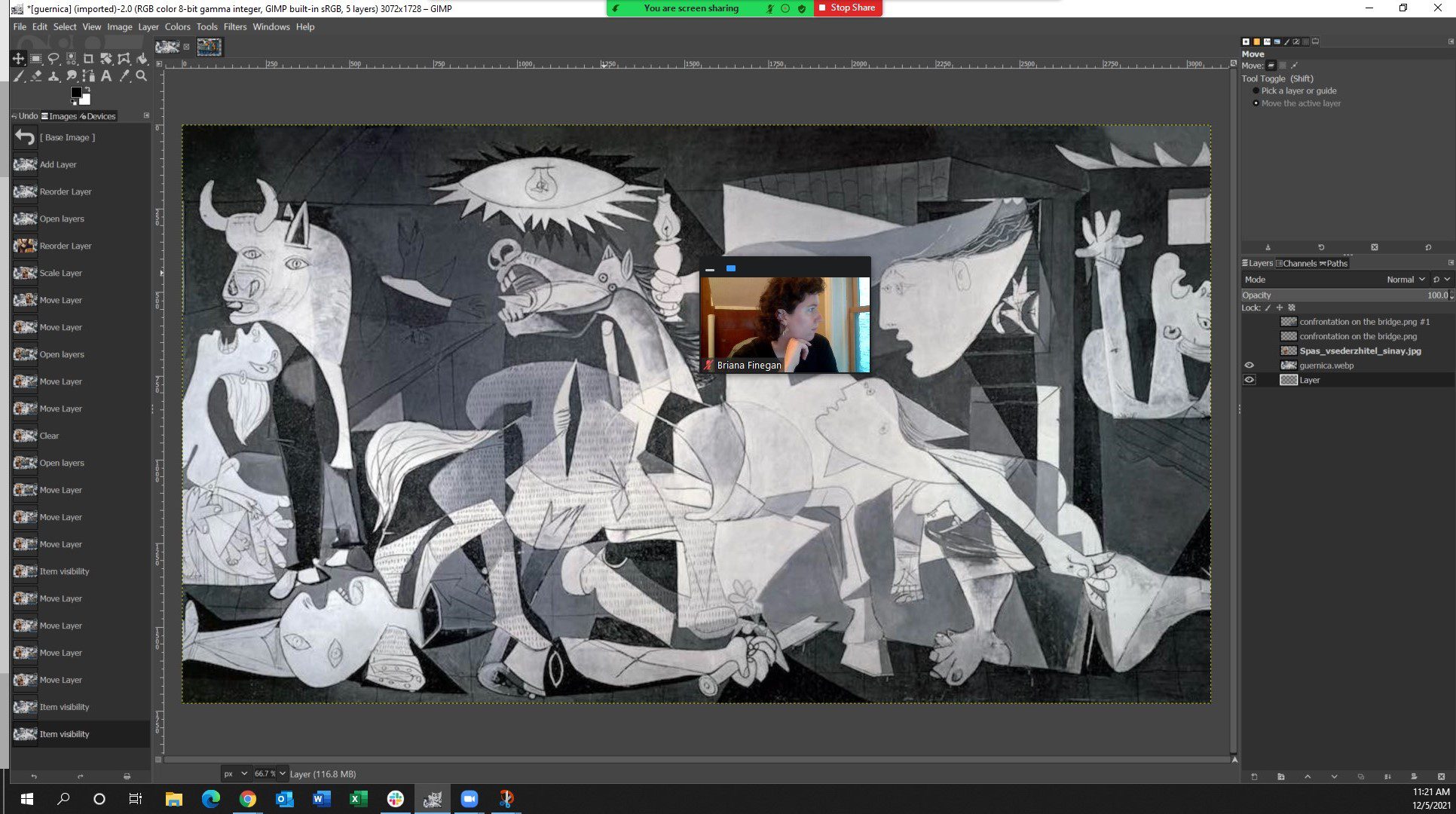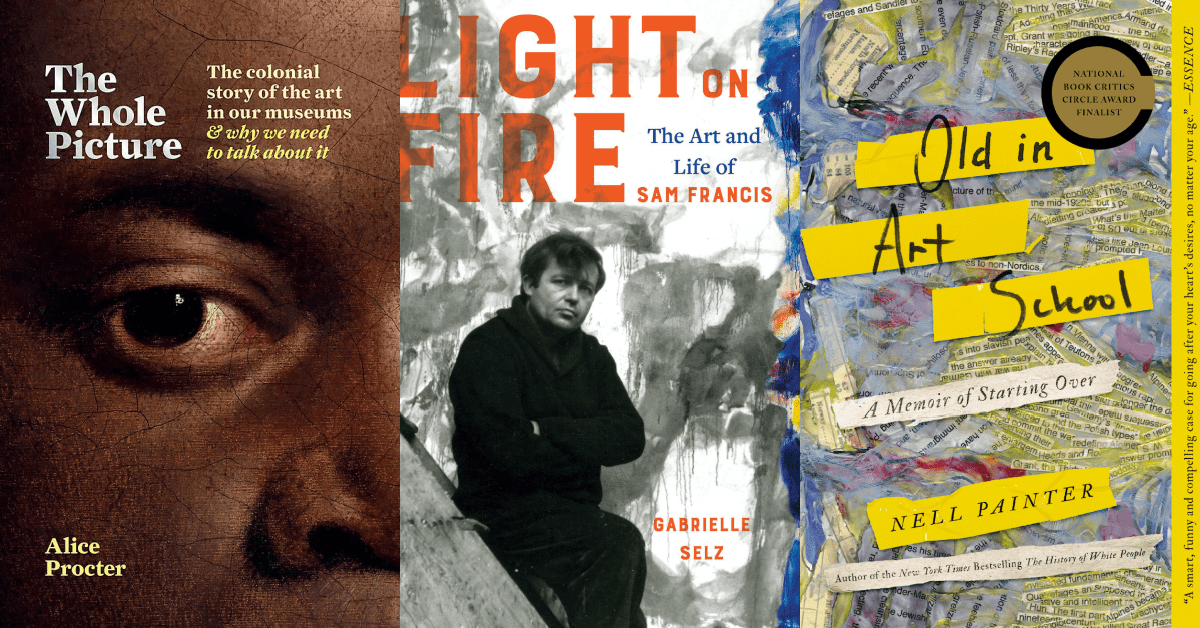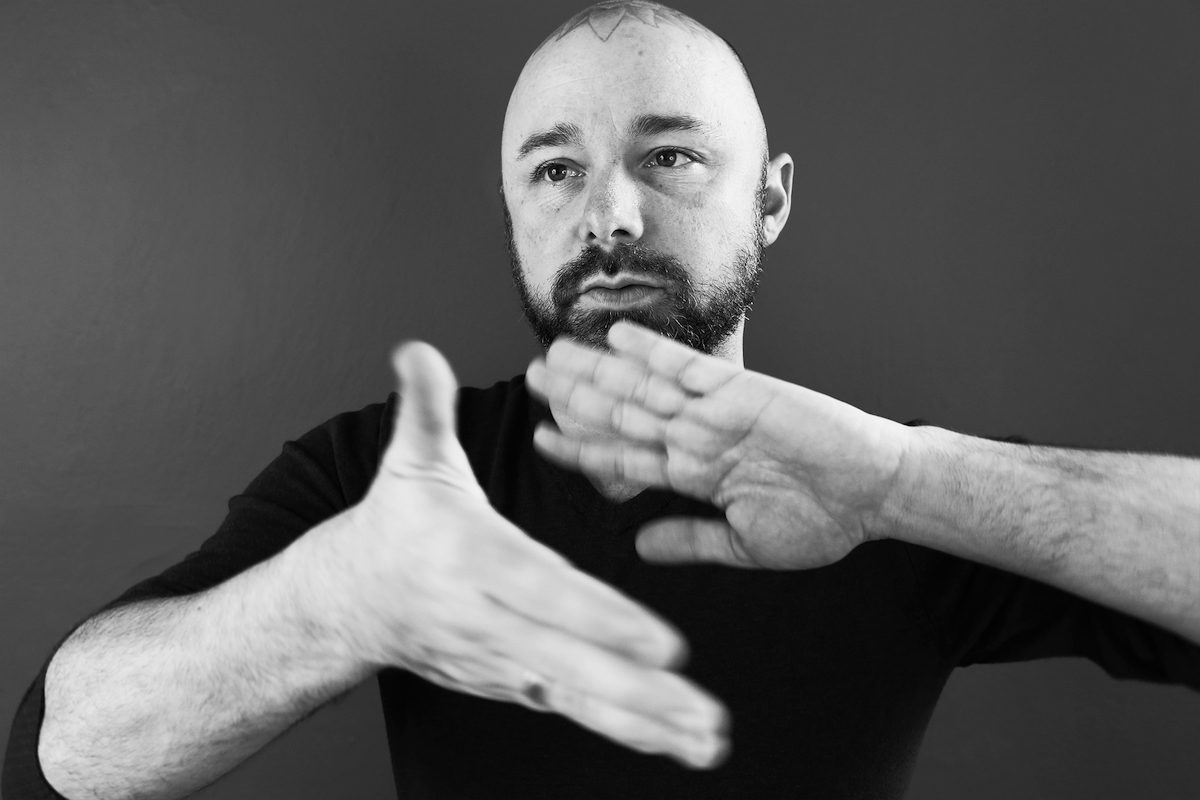There is a romantic idea that great genius emanates from the tower.
The novelist, the philosopher, the architect, all retreat to their places of solitude to channel their minds and await inspiration. A few hours, days, months, years later, they emerge with a masterpiece. But this is rarely the case. As Joshua Wolf Shenk outlines in this essay, the idea of individual genius has been nurtured in the West ever since the 1970s if not before. But, he argues, creativity is not something we can achieve alone, in fact our relationships with others largely make creative thinking possible.
With scientific inquiry, personal testimony, and developmental theory, Shenk examines how much partnerships are responsible for the great accomplishments usually attributed to one man or woman. Take Tiger Woods, for example. “By PGA tour rules,” Shenk writes, “professional golfers play the links without coaches or managers. So the role of psychologist, strategist, and counselor falls to the caddie.” Woods has had the same caddy, Steve Williams, for eleven years. In an interview with Golf magazine, Williams admitted he consistently tells Woods the incorrect yardage to the hole because he knows Woods has a problem with distance control. Williams has been doing this for the better part of five years while Woods has been winning tournament after tournament.
Or take the unacknowledged role editors play in the drafting of a novel. Malcom Crowly discovered Kerouac’s manic On The Road manuscript in the slush piles of Manhattan submissions and shaped it into a coherent piece. Maxwell Perkins, the editor who discovered F. Scott Fitzgerald and Ernest Hemingway, worked tirelessly with Thomas Wolfe’s expansive books. Erik Erikson, one of the most famous social scientists, worked so closely with his wife, Joan Erikson, he claimed he wasn’t sure where her work stopped and his began. But, as Shenk points out, she doesn’t even have a Wikipedia entry.
So what is the role of these unacknowledged supporters? What do these relationships mean? How do our relationships shape our creativity? How do they make “genius” possible? This essay signals the beginning of Shenk’s exploration of these sorts of questions in a series of essays (the first centered on Lennon and McCartney). It outlines the historical trappings while importantly asking for input. Impressively, Shenk knows he can’t go it alone and he makes a humble request for his readers’ suggestions. After all, everyone needs a partner.




